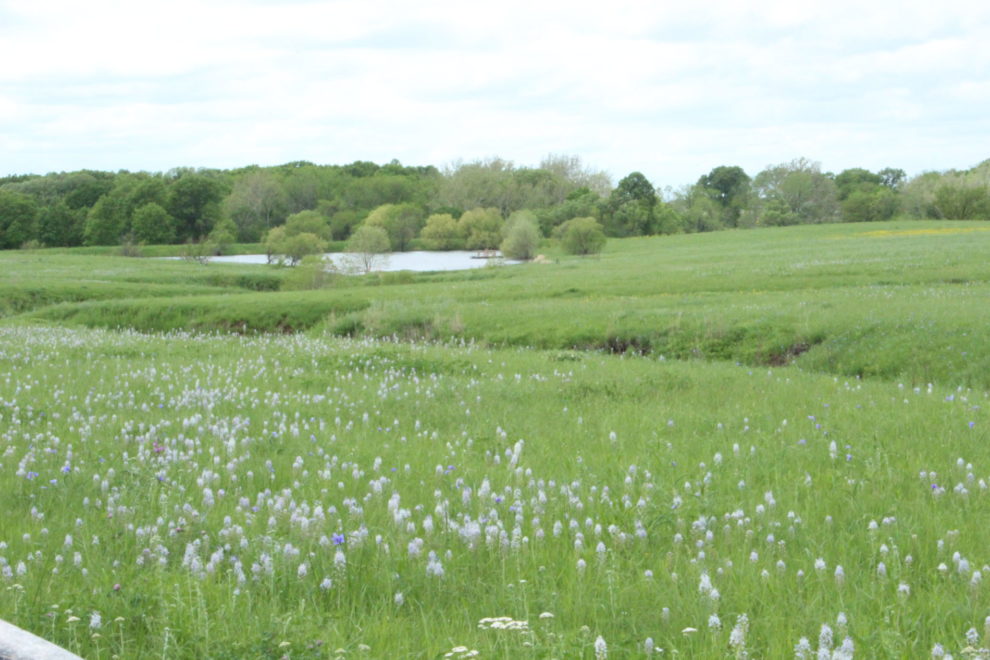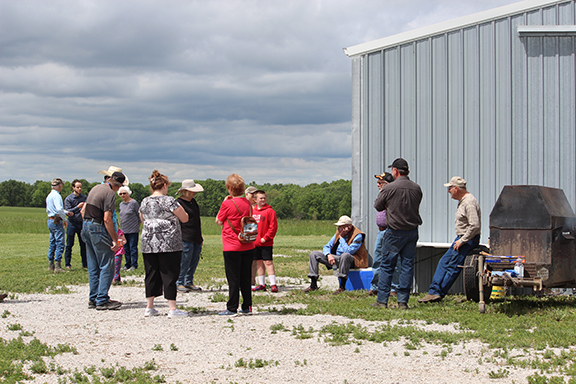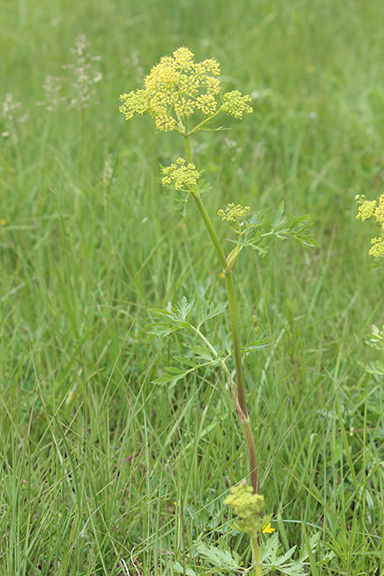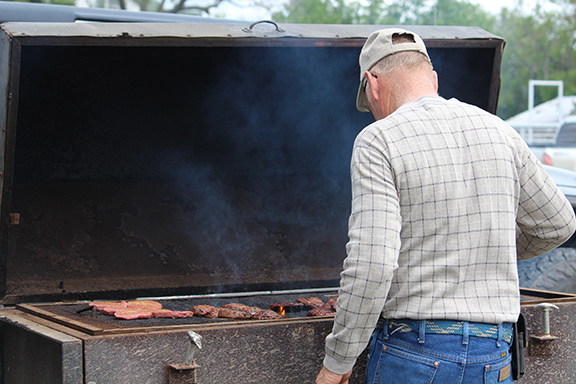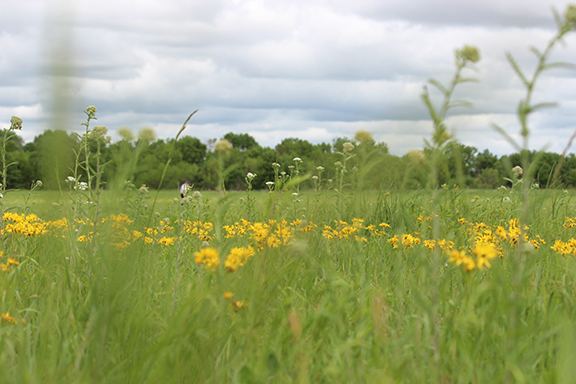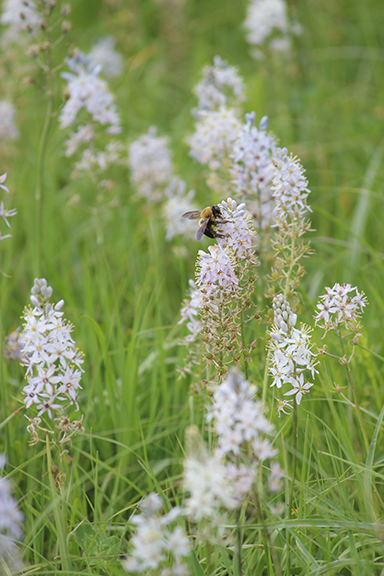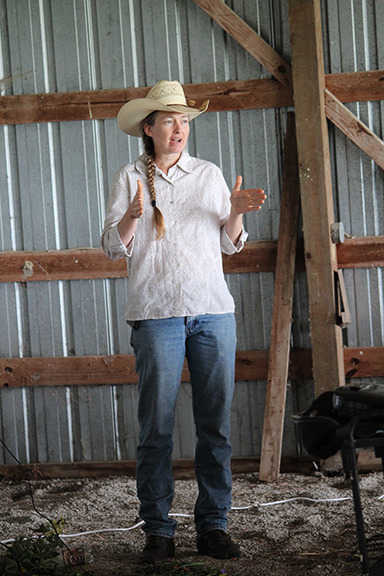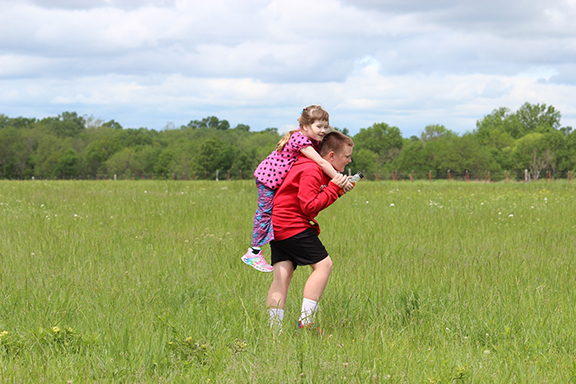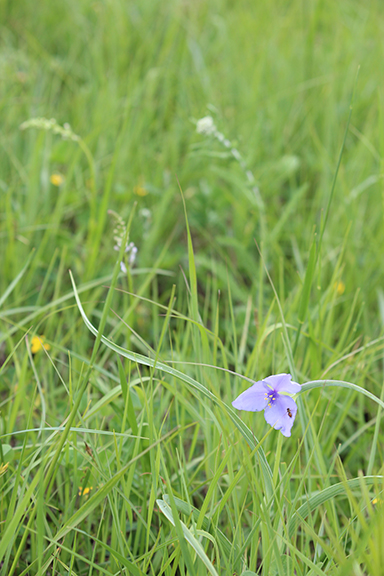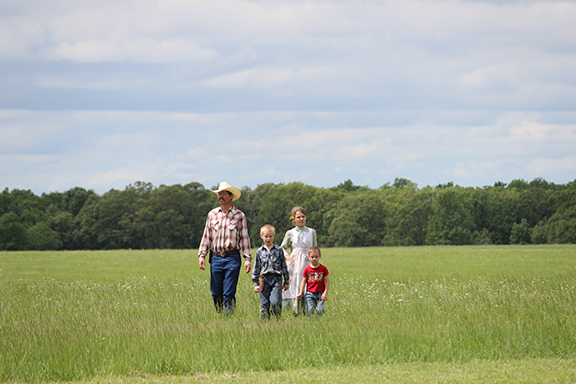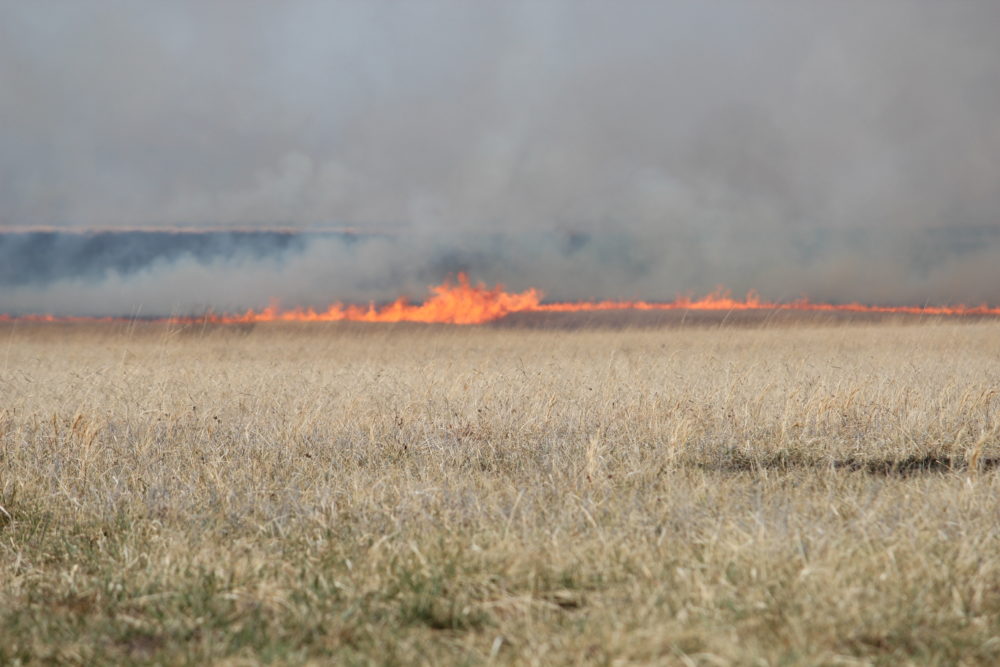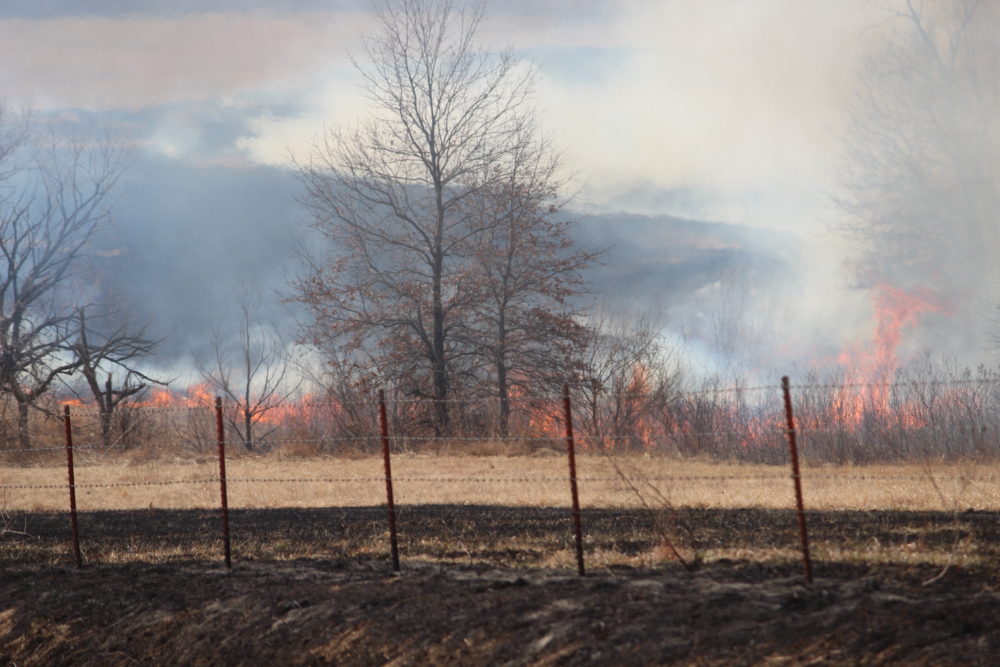Briarwood Native Prairie
Our beautiful Briarwood Native Prairie made Doc Long a Clair M. Kucera Prairie Landowner of the Year Award recipient for outstanding contributions to the cause of prairie through ownership and stewardship. Briarwood Native Prairie is the only half section of Native Prairie left in Western Missouri and is an ecosystem dependent on disturbances. Without management practices like periodic, prescribed fire, woody species will invade, decreasing the biodiversity of prairie-dependent species. Vigilant control of invasive, non-native herbaceous plants like sericea lespedeza and tall fescue is necessary to maintain native plant species diversity as well as diversity of the native insects and other wildlife that depend on those plants.
To establish and enhance this rolling 320 acres in Bates County Missouri, of which 280 are Native Prairie and the remaining 40 mature timber, we execute timely improvements. Currently, a Savanna restoration is underway, adding even more variety and quality to the 273 documented species of plants on the site. Annually a number of steps are taken to ensure the prairie’s health, beauty and longevity so that generations to come can enjoy her diversity.


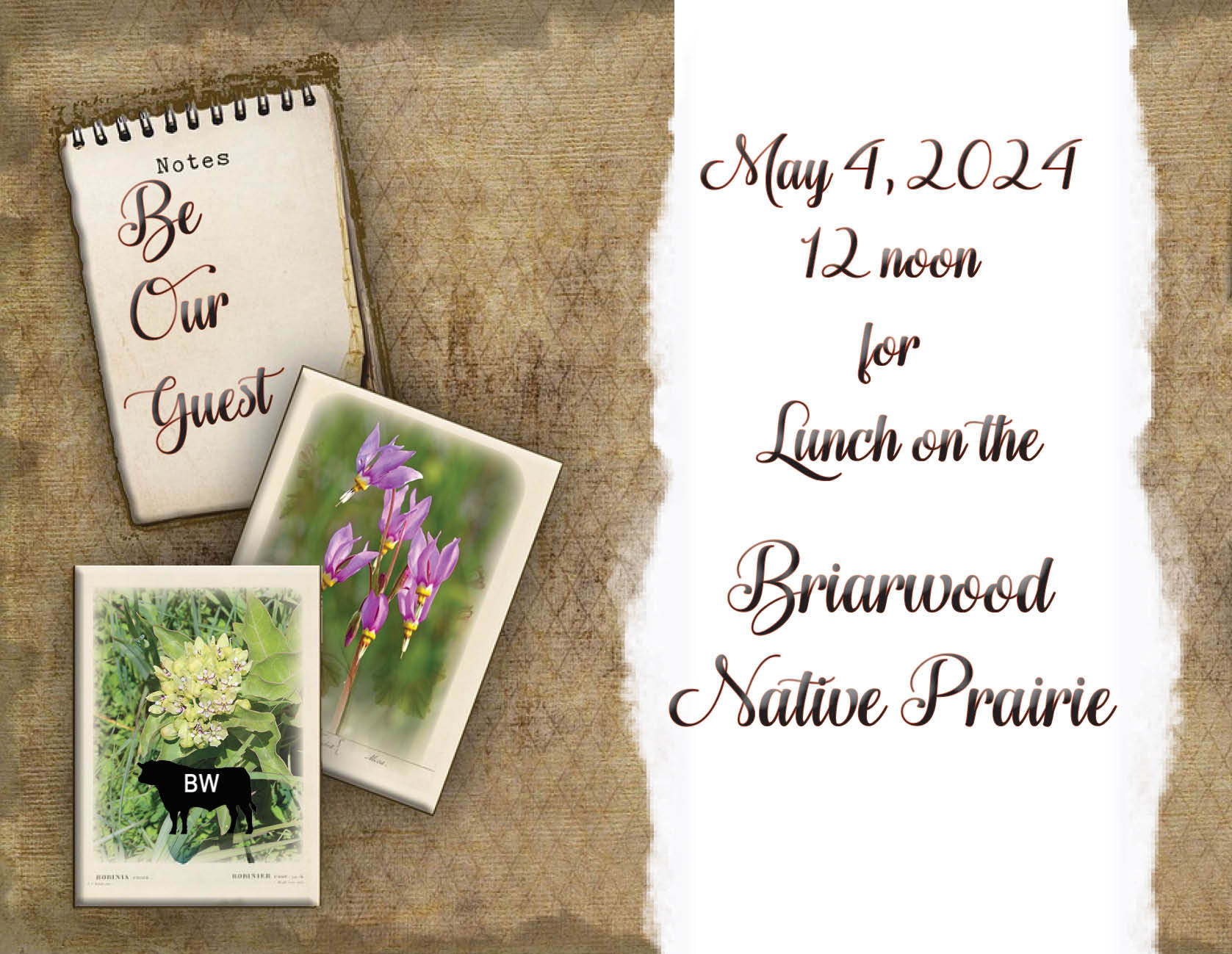
When you send a request for an invitation, we’ll reply with the physical address of our prairie near Butler, MO, along with more details about the day.
Lunch on the Prairie
On one of our favorite days each year, specially invited guests get to enjoy an up-close encounter with our beautiful, rolling native praire grasses and flora. We also provide an engaging and informative program, a delicious Angus beef lunch and expert prairie biologists to guide the wagon tour across the meadows.
Landowner of the Year
Dr. Curtis W. Long, owner of Briarwood Angus Farms, Butler, MO, received the prestigious Clair M. Kucera Prairie Landowner of the Year Award in 2013. The honor is bestowed annually by the Missouri Prairie Foundation upon an individual who has made an outstanding contribution to the cause of prairie through ownership and stewardship.


Benefits to Burning
It takes tremendous timing and skill to safely conduct a prescribed burn. The wind has to be right and in the right direction. The prairie grass has to be tall and dry enough to take catch and carry the flames productively across the fields. It’s a fascinating and beneficial practice that continues to help our native prairie thrive.
Manage weeds and other growth
Maintain the health of existing native plants
Restore nutrients for more desirable plant growth
Sericea Lespedeza Eradication
Removal of this invasive exotic species from the prairie requires ongoing observation and treatment with spotted Remedy spray. The results have reduced the presence of Sericea to rare and scattered populations where once there was a very noticeable stand.

Liming
We have limed Briarwood’s Native Prairie for two years in a row and are seeing the benefits for the warm-season plants.
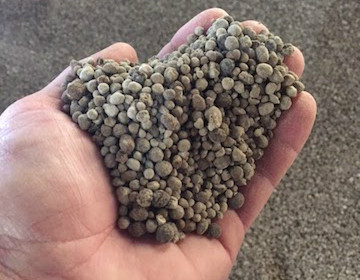

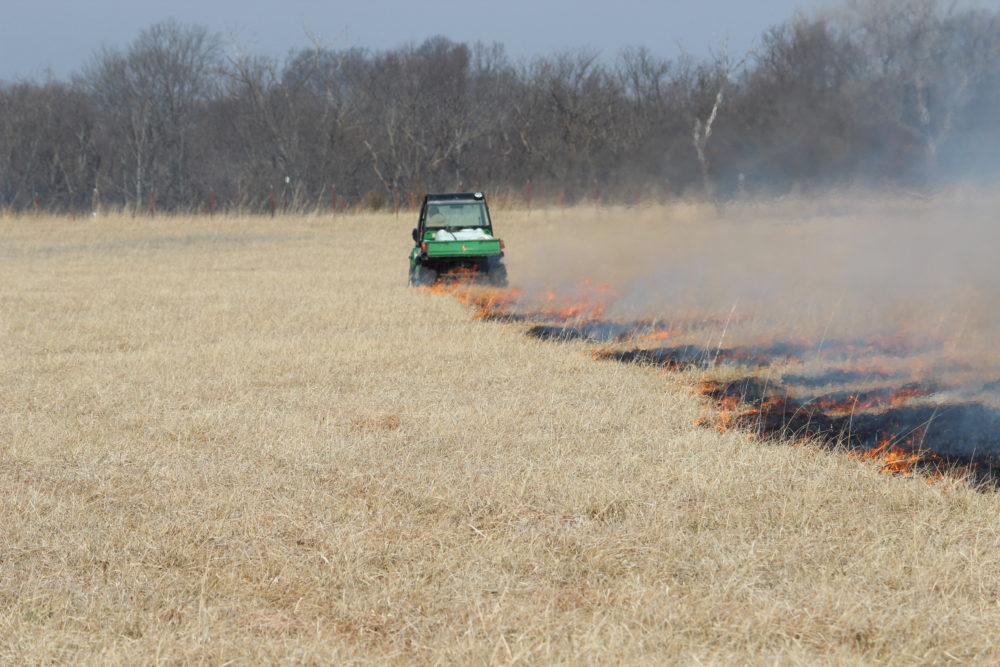
Prescribed Annual Burn
Prescribed burning has the strongest effects on plant community composition and is the most effective method to increase above ground plant biomass in a restored tallgrass prairie. Burning especially favors warm season grasses.
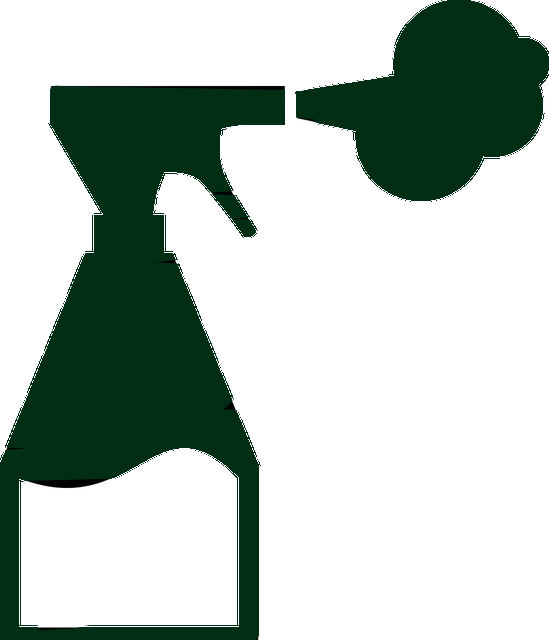
Wintertime Spraying
Fescue occasionally invades open natural communities, such as prairies and glades. It can change the species composition and crowd out native species. This alien plant has the potential to become a significant problem because of its adaptability to poor sites, allelopathic character and difficulty of eradication. A late fall application of Roundup can be used after a hard freeze that places the prairie in a dormant, dry condition. The application will kill the fescue and not the prairie.
Haying
Hayed plots are the most similar to burned plots in terms of soil moisture, temperature and litter quantity. Haying at our Briarwood Prairie produces approximately 550 to 600 round bales per year with only liming.
